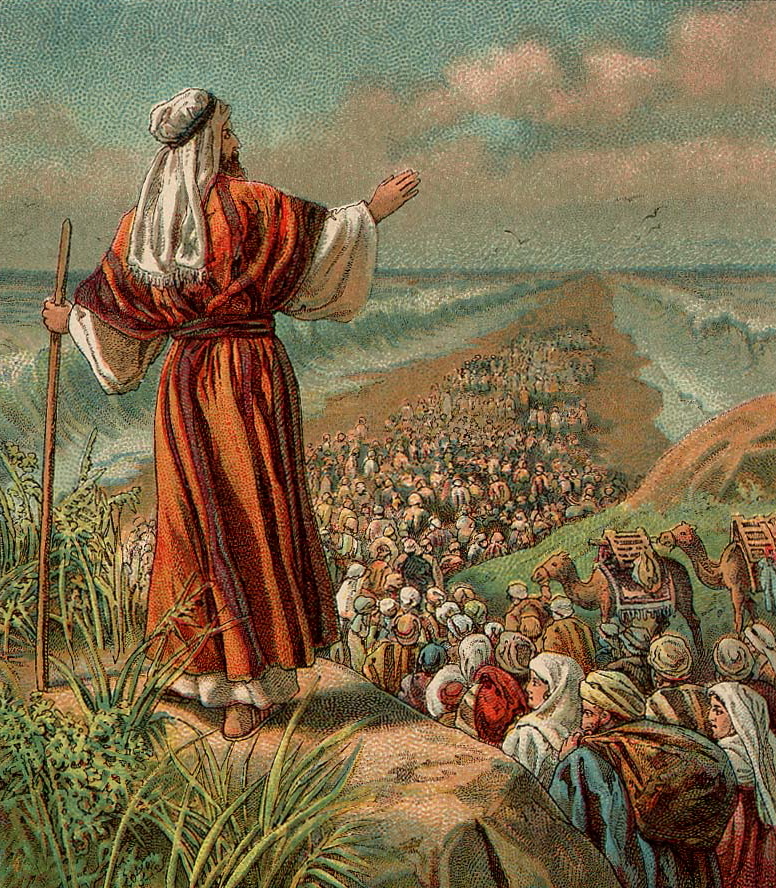By guest author Beth Balaban
More than 60 years ago, the first atomic weapons were dropped on Japan. Today about 200,000 Hibakusha–survivors of those attacks–live as reminders of the nuclear horror that devastated the country.

Among the multitude of lives thrown into turmoil by the 2011 disaster at the Fukushima Daiichi nuclear power plant, a few Hibakusha were exposed to radiation for a second time.
Eighty-one-year-old Saichi Ouchi is one of only eight people in history to be twice exposed to such high levels of nuclear radiation. In 1945, a few days after the August 6 bombing of Hiroshima, military medic Saichi entered the city to tend to the injured and was himself exposed to high levels of radiation.
After the war ended, he returned to his hometown in the sparsely populated Yamakiya district of Kawamata to take over the family rice farm. He and his wife Tsugiko raised four children who brought them three grandchildren and four great-grandchildren.
After suffering three strokes over the last few years, Saichi remains sequestered at a nursing care facility in Iitate, Fukushima–a small village just 24 miles north of the Daiichi nuclear power plant.
Saichi’s eldest son, Hidekazu, has now taken on the responsibility of leading the family. Unable to carry on their generations-long tradition of farming due to the contamination of the land, Hidekazu works as a truck driver to provide for his parents and children.
As Japan slowly heals from a terrible catastrophe, the Ouchi family, too, must find a way to recover.
Over the next few weeks, I will be making a film that will follow the Ouchi family as they reassemble their lives, bringing to light a universal human experience– the importance of family–amid the rarest of misfortunes.
Beth Balaban
Co-director/Producer
Principle Pictures



